- Have any questions?
- 080 2558 0771
- 080 2558 0772
- mail@beleastmail.com
Uttar Pradesh – 5N / 6D
Detailed Itinerary:
(Bodhgaya, Varanasi, Allahabad & Lucknow)
Day01
Bodhgaya:
You will be met by our representative airport and transfer to Bodhgaya.
Briefing (Bodhgaya): Bodhgaya continued to function as a centre of Buddhist scholarship and pilgrimage up to at least the beginning of the 15th century. Bodhgaya is one of the sacred places for the Buddhists as well as for the Hindus. Here under the Bodhi Tree, Gautama attained supreme knowledge to become Budhha, the `Enlighted One’. The tree from the original sapling still stands in the temple premises. It is the most important Buddhist pilgrimage centre as Buddhisrn was born here. Buddhagaya today is a place of attraction for the entire Buddhist world and groups of pilgrims and visitors come to visit it all the year round, some to pay their obeisance to this great edifice of veneration, whereas for some to come and see this great edifice of history.
Mahabodhi Temple: It is believed that 250 years after the Enlightenment of the Buddha, Emperor Asoka visited Bodh Gaya. He is considered to be the founder of the original Mahabodhi temple. It consisted of an elongated spire crowned by a miniature stupa and a chhatravali on a platform. A double flight of steps led up to the platform and the upper sanctum. The mouldings on the spire contained Buddha images in niches. Some historians believe that the temple was constructed or renovated in the 1st century during the Kushan period. With the decline of Buddhism in India, the temple was abandoned and forgotten, buried under layers of soil and sand.The temple was later restored by Sir Alexander Cunningham as part of his work for the British Archaeological Society in the late 19th century. In 1883, Cunningham along with J. D. Beglar and Dr Rajendralal Miitra painstakingly excavated the site. Extensive renovation work was carried out to restore Bodh Gaya to its former glory.
Other Treasures of Bodhgaya: 80 ft Statue of the Buddha, Lotus Tank, Buddha Kund, Rajayatana, Brahm Yoni, Chinese Temple & Monastery, Burmese Temple, Buddhist Monastery of Bhutan, International Buddhist House & Japanese Temple, Thai Temple & Monastery, Tibetan Monastery, Archaeological Museum. Sujata village (2 kms), Dungeshwari Hill (Prag bodhi) (22 kms by road), Maitraya Project (3 kms).
Vishnupad Temple : The Mangla Gauri shrine who is believed to be the first wife of Lord Shiva is worshiped here. The two rounded stones that symbolize the breasts of the mythological Sati have been considered sacred among Hindus. The most attractive destination in Gaya is Vishnupad Temple. The temple is located on the bank of river Falgu River and has footprint of Vishnu incised into a block of basalt. People believe that Lord Vishnu killed Gayasur by placing his foot on Gayasur’s chest.The old temple ofVishnupad was later renovated by the queen of Indore, Devi Ahilyabaiin eighteenth century. While Hindus claim that footprints inVishunpad temple are of Lord Vishnu, Buddhists consider them thefootprints of Lord Buddha. The temple is nevertheless a major pilgrimdestination.
Overnight will be at Bodhgaya.
Day02;
Bodhgaya– Varanasi
ByRoad : Distance 250 Kms/5-6 Hrs (One Way)
Have your breakfast at the hotel. Later you will start your drive for Varanasi
Briefing (Varanasi): Picturesquely situated on the crescent shaped left bank of the holy River Ganges, Varanasi, one of the ancient seats of learning in India, is said to be a compound of the names of two streams, the Varuna and the Assi, which still flow in the north and south of the city respectively. This name seems to have been corrupted, in medieval times to Varanasi, which was in use till May 1956, when it was changed to Varanasi, by an order of the Government of India. Varanasi is the most popular pilgrimage point for the Hindus and one of the seven holiest cities. In Hinduism it is believed that those who die and are cremated here get an instant gateway to liberation from the cycle of births and re-births. Considered as the abode of Lord Shiva, Varanasi is situated on the banks of River Ganges, which is believed to have the power of washing away all of one’s sins.
Reach and check in at the hotel.Evening will be at leisure. Overnight at Varanasi.
Day03;
Varanasi
Drive to Daswamedh Ghat early in the morning and take a boat ride on the sacred river Ganges to see the cremation Ghats and witness the living traditions of one of the world’s oldest and most important religions. (To start at 0500 hrs. for the best lifetime experience) For you to appreciate this remarkable city, we’ll transfer you to the banks of the River Ganges before the sun rises. Board a boat with your guide and proceed to the middle of the river, where at sunrise the sight unfolds before you. Thousands of faithful come daily to the banks to bathe and pray while in the background, temples and palaces rise in tiers from the water’s edge. Return for a walk through the cobblestone streets along the banks of “Ganga”.
Return back to the hotel for breakfast and later start for the sightseeing tour of Varanasi.
The Bharat Mata temple at Varanasi: Is the only temple dedicated to Mother India. It is located in the Mahatma Gandhi Kashi Vidyapeeth campus. The Bharat Mata temple was built by Babu Shiv Prasad Gupt and inaugurated by Mahatma Gandhi in 1936. The statute of Bharat Mata is built in marble and is a model of undivided India, depicting the mountains, plains and oceans. The statute of Bharat Mata is built in marble and is a model of undivided India, depicting the mountains, plains and oceans. The most peculiar thing about the Bharat Mata Temple is that instead of the customary gods and goddesses, it houses a relief map of India. curved out of Marble.
Durga Temple: Durga temple, also known as the “monkey temple” is one of the important temples of Varanasi. This temple is dedicated to Goddess Durga. The Durga temple was built in the eighteenth century. A Bengali Maharani built the Durga temple in Nagara Style (the North Indian style of temple architecture). It is stained red with ochre and has a multi-tiered shikhara (spire). The Durga temple is situated on a rectangular tank, called the Durga Kund. According to the Puranas, Goddess Durga has kept this place for many centuries and protects the holy city, Varanasi.
The new Vishwanath temple of Varanasi: Is located in the premises of the Banaras Hindu University (BHU). It is also called the Birla temple as the famous industrialist family of India, the Birlas, constructed it. The New Vishwanath Temple is dedicated to lord Shiva and is a replica of the original Vishwanath temple. The temple is built in white marbles, and was planned by Madan Mohan Malviya, the founder of the Banaras Hindu University. The most important characteristic of the new Vishwanath temple is that it is open to people from all castes and religions. The huge campus of New Vishwanath Temple is a delight to the eyes of visitor. . The interior has a Siva lingam and verses from Hindu scriptures are inscribed on the walls.
Sankat Mochan temple: Is one of the sacred temples of Varanasi. It is located in the southern part of Varanasi, near the Banaras Hindu University. It is dedicated to the Hindu God, Hanuman. The word “Sankat Mochan” means one who helps in removing sufferings i. e. Lord Hanuman. Tulsidas, the author of the famous Hindu epic Ramacharitamanasa, founded the Sankat Mochan temple. According to Hindu mythology, one who visits the Sankat Mochan temple regularly, his wishes gets fulfilled.
Tulsi Manas temple: Is one of the most famous temples of Varanasi. It is also an important tourist attraction of the holy city. The Tulsi Manas temple is located near the famous Durga temple. It was built in white marble in the year 1964. The temple has been made more charming by the magnificent landscaping around it. TheTulsi Manas temple is dedicated to lord Ram. It is believed to bebuilt at the same place where Tulsidas wrote the famous Indian epic,Ramcharitamanasa. The walls of the Tulsi Manas temple are engravedwith verses and scenes from the Ramcharitammanasa, the Hindi versionof the Ramayana. The temple is open from 5.30 AM to noon and 3.30 to9 P.M.
Sarnath: Sarnath, 10 km from Varanasi, where the Buddha preached his first sermon in the Deer Park, contains the most impressive remains, as well as a modem temple. The Dharmarajika, Chaukhandi and Dharnek stupas are outstanding. There are also the remains of a monastery, and the beautifully polished Lion Capital of Ashoka. Sarnath contains a rich library and at the Mula gandha Kutir Vihara there are excellent frescoes by Kosetsu Nosu. The Sarnath Museum, not far from the site, contains some of the finest specimens of Buddhist sculpture.
Aarti Ceremony: A group of priests daily in the evening at this ghat perform “Agni Pooja” (Worship to Fire) wherein a dedication is made to Lord Shiva, River Ganga (the Ganges), Surya (Sun), Agni (Fire), and the whole universe. The ceremony last for about 40-45 minutes and the best way to see the ceremony is from the boat, so that you can have a very clear view and can take some excellent photographs of the ceremony.
Overnight will be at Varanasi.
Day04;
Varanasi- Allahabad
ByRoad : 130 Kms /3 Hrs
Have your breakfast at the hotel. Later you will start your drive for Allahabad.
Briefing (Allahabad): Is a name given by Mughal kings to the ancient Prayag. Being the second oldest city of India, in the North Indian state of Uttar Pradesh and administrative headquarters of Allahabad District. Allahabad is one of the fastest growing cities in India at present. It is located 205 kilometres (127 mi) south of state capital Lucknow. The ancient name of the city Prayag (Sanskrit rferes to it as a “place of sacrifice”) and is believed to be the spot where Brahma offered his first sacrifice after creating the world. It is one of four sites of the mass Hindu pilgrimage Kumbh Mela, the others being Haridwar, Ujjain and Nashik. It has a position of importance in Hindu scriptures for it is situated at Triveni Sangam, the confluence of the holy rivers Ganges and Yamuna, and the ancient Sarasvati .
Reach and check in at the hotel. Later proceed for the sightseeing tour of Allahabad.
Sangam: Around 7 km from Civil Lines, overlooked by the eastern ramparts of the fort, wide flood plains and muddy banks protrude towards the sacred Sangam. At the point at which the brown Ganges meets the Greenish Yamuna, pandas (priests) perch on small platforms to perform puja and assist the devout in their ritual ablutions in the shallow waters. Beaches and ghats are littered with the shorn hair of pilgrims who come to offer pind for their deceased parents. The sacred Sangam is the confluence of three of the holiest rivers in the Hindu mythology – Ganga, Yamuna and the mythical Saraswati. At the Sangam, the waters of the Ganges and the Yamuna can be distinctly seen merging into one. It is during the Kumbh / Ardh Kumbh that the Sangam truly comes alive, attracting the devout from all across the country. The holy Sangam is the site for Annual Magha Mela/Ardh Kumbh/Kumbh Mela. Boats are available for visitors.
Patalpuri Temple : Patalpuri is an underground temple, inside the Allahabad fort. In this temple lies the Akshaya Vat – or the immortal tree. It is believed that Lord Rama, has visited the temple and the temple was also seen by the famous Chinese traveller and writer Hiuen Tsang during his visit to this place.
Hanuman Mandir : The Hanuman Mandir near Sangam is unique in North India, for its supine image of Hanumana. The big idol of Lord Hanumana is in a reclining posture. When the Ganga is in spate, this temple gets submerged.
Overnight will be at the hotel.
Day05;
Allahabad-Lucknow
ByRoad : 210 Kms 6 Hrs
Have an early breakfast at the hotel later drive for Lucknow. Reach and check in at the hotel. Spend the time at your own leisure.
Later proceed for the sightseeing tour of Lucknow.
Bara Imambara : The Bara Imambara was built in the year 1784 by the fourth Nawab of Awadh known as Asaf-ud-Daula. It was built as a part of a relief project for a major famine that took place in the year 1784.
British Residency Lucknow: The British Residency of Lucknow is a famous historical landmark of this place. It is now in ruins and has been declared a protected monument by the Archaeological Survey of India
Chattar Manzil: One of the imposing structures built by the Nawabs of Lucknow, Chattar Manzil is a very famous tourist attraction of Lucknow. The most unique thing about the Chattar Manzil of Lucknow is the strikingly different architecture.
Jama Masjid: In the year 1423, Sultan Ahmed Shah constructed the Jama Masjid in Lucknow. It is built entirely with yellow sandstone and is known for its intricate style of design and architecture.
Rumi Darwaza: The Rumi Darwaza of Lucknow is one of the most impressive architectural structures in India. It was constructed in the year 1784 by Nawab Asaf-ud-daula. The Rumi Darwaza is an example of the fine architectural style of Awadh
Clock Tower: Between the Bara Imambara and Chhota Imambara is the Clock Tower of Lucknow. This huge tower was constructed by Nawab Nasir-ud-Din Haider in the year 1880. The Clock Tower in Lucknow reaches upto a staggering height of 221 feet and is the tallest Clock Tower in India. The Clock tower also has the biggest fitted clock that cost the government around Rs. 1.75 lakhs at that time.
Moti Mahal: The Moti Mahal in Lucknow is one of the most beautiful monuments of India. The Nawab of Lucknow, Saadat Ali Khan, constructed it. The Lucknow Moti Mahal is also known as Palace of Pearls. The Moti Mahal is located on the borders of Gomti and provides a spectacular view of the city of Nawabs. The Nawabs used this palace to view birds in flight and spend time in leisure. There are three buildings that comprise the whole construction. The two other buildings are known as Shah Manzil and Mubarak Manzil.These two buildings were added later by Nawab Ghazi-ud-din Haider.These were used by the Nawab to watch animal combats and animalfights. The Moti Mahal is preserved till date by the concernedauthorities and is one of the most popular tourist attractions ofLucknow.
Overnight will be at the hotel.
Day06
Lucknow
Enjoy a leisurely breakfast at the hotel. Later you will be transferred to the airport to connect your flight for next destination.



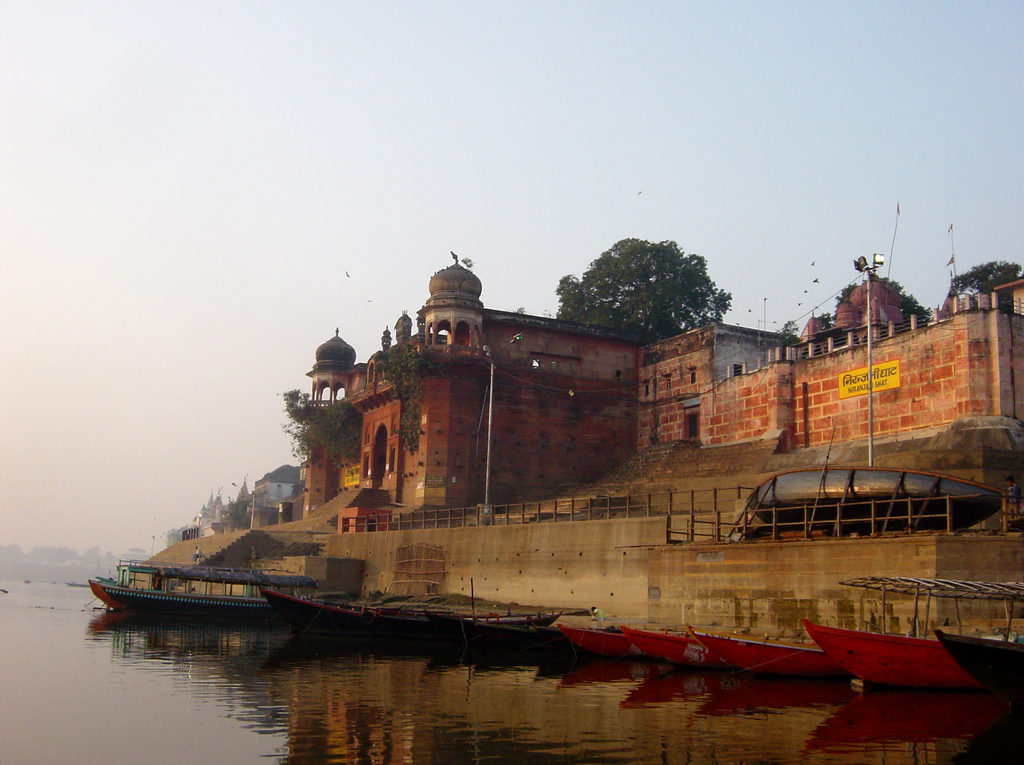
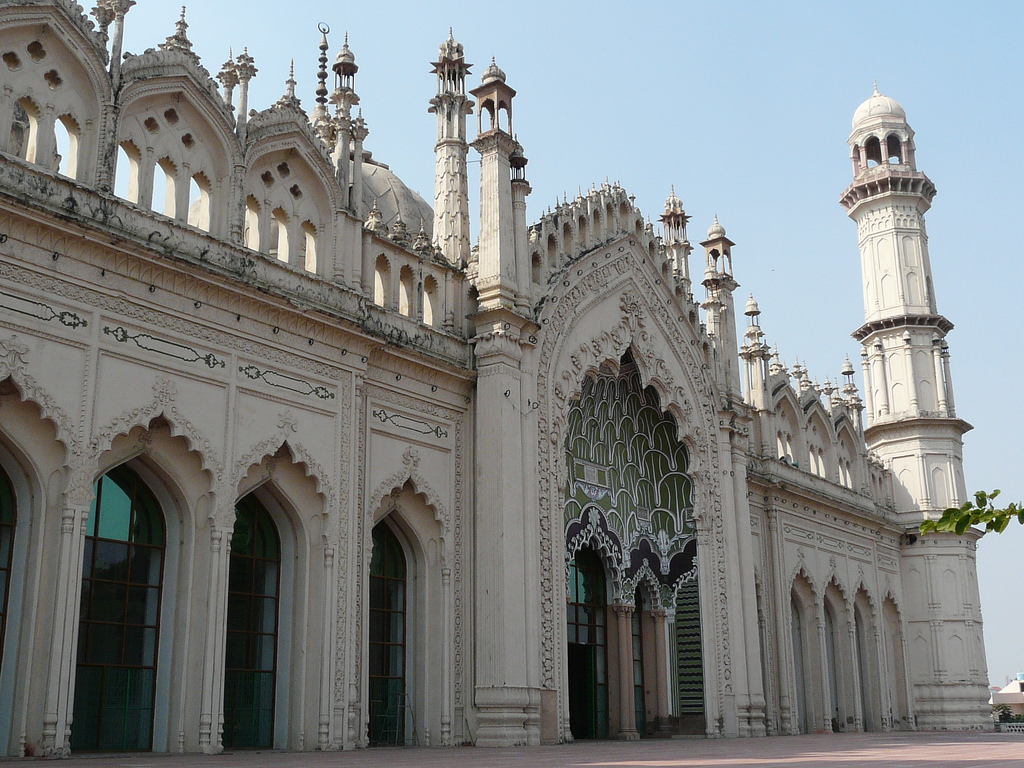



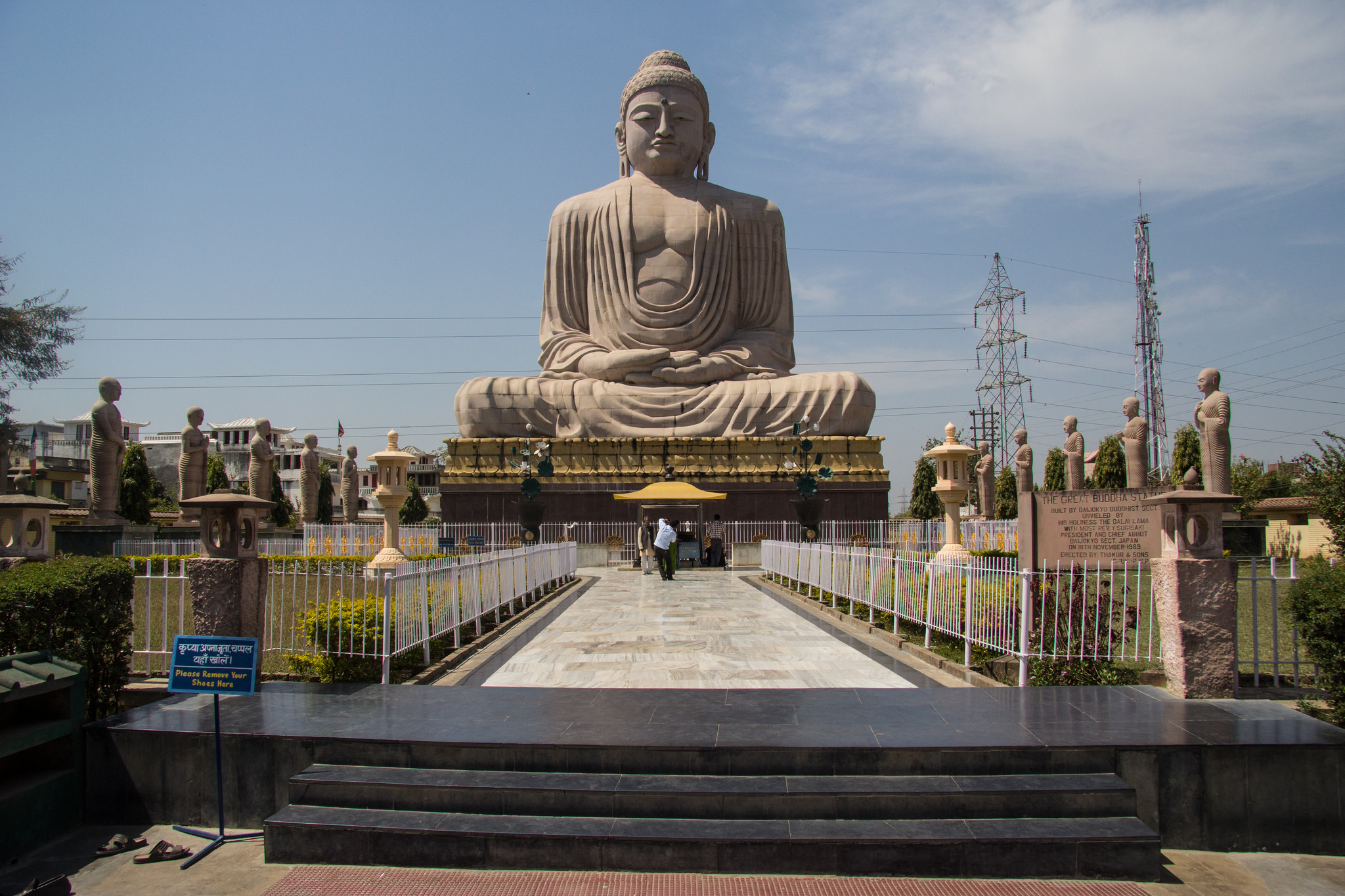
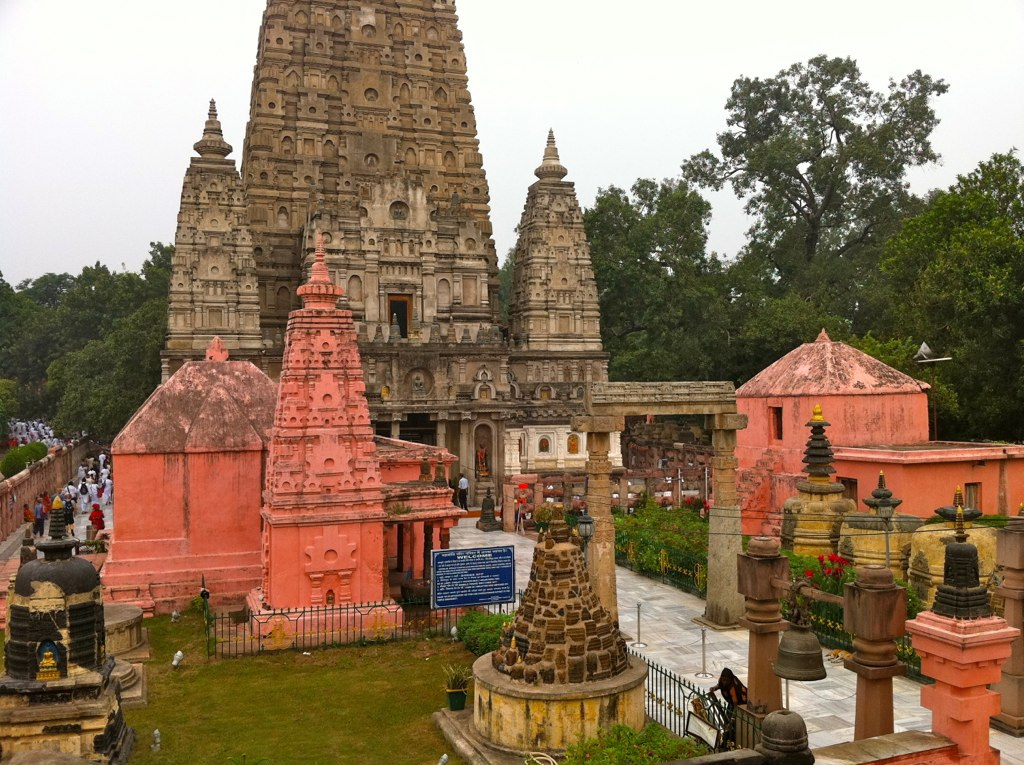
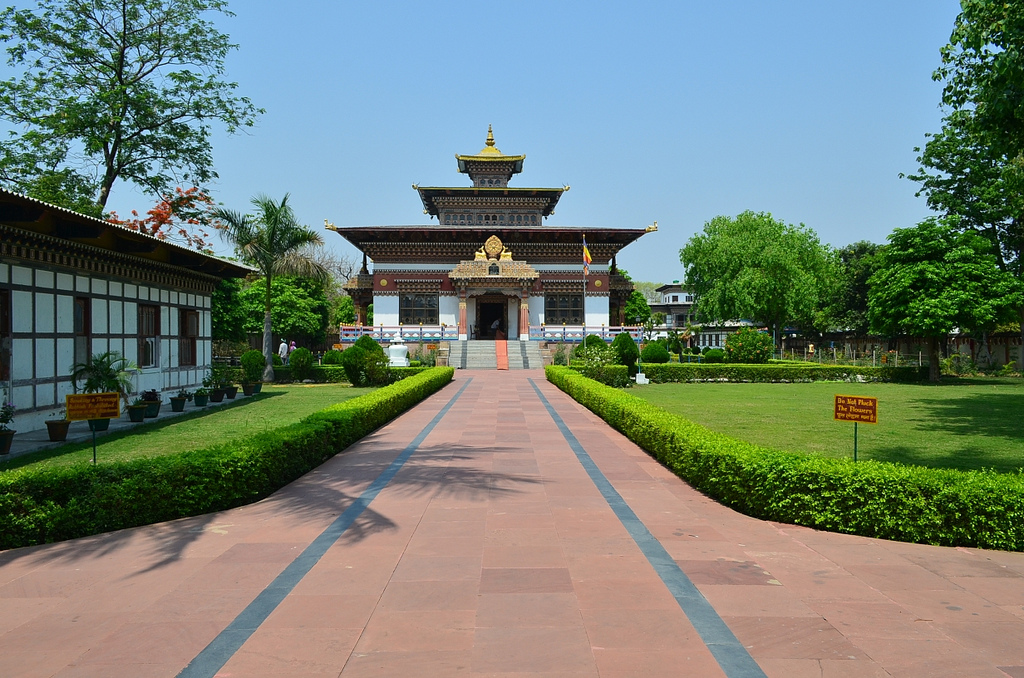
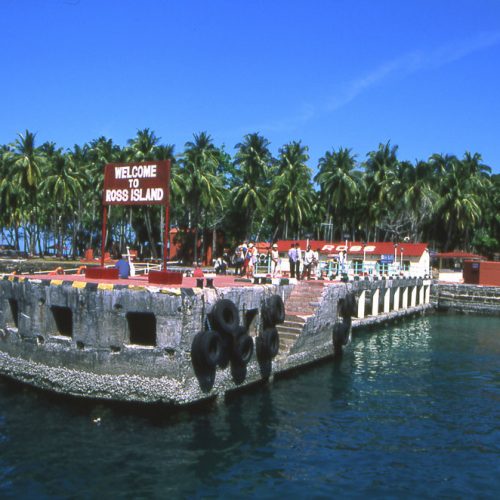


Reviews
There are no reviews yet.